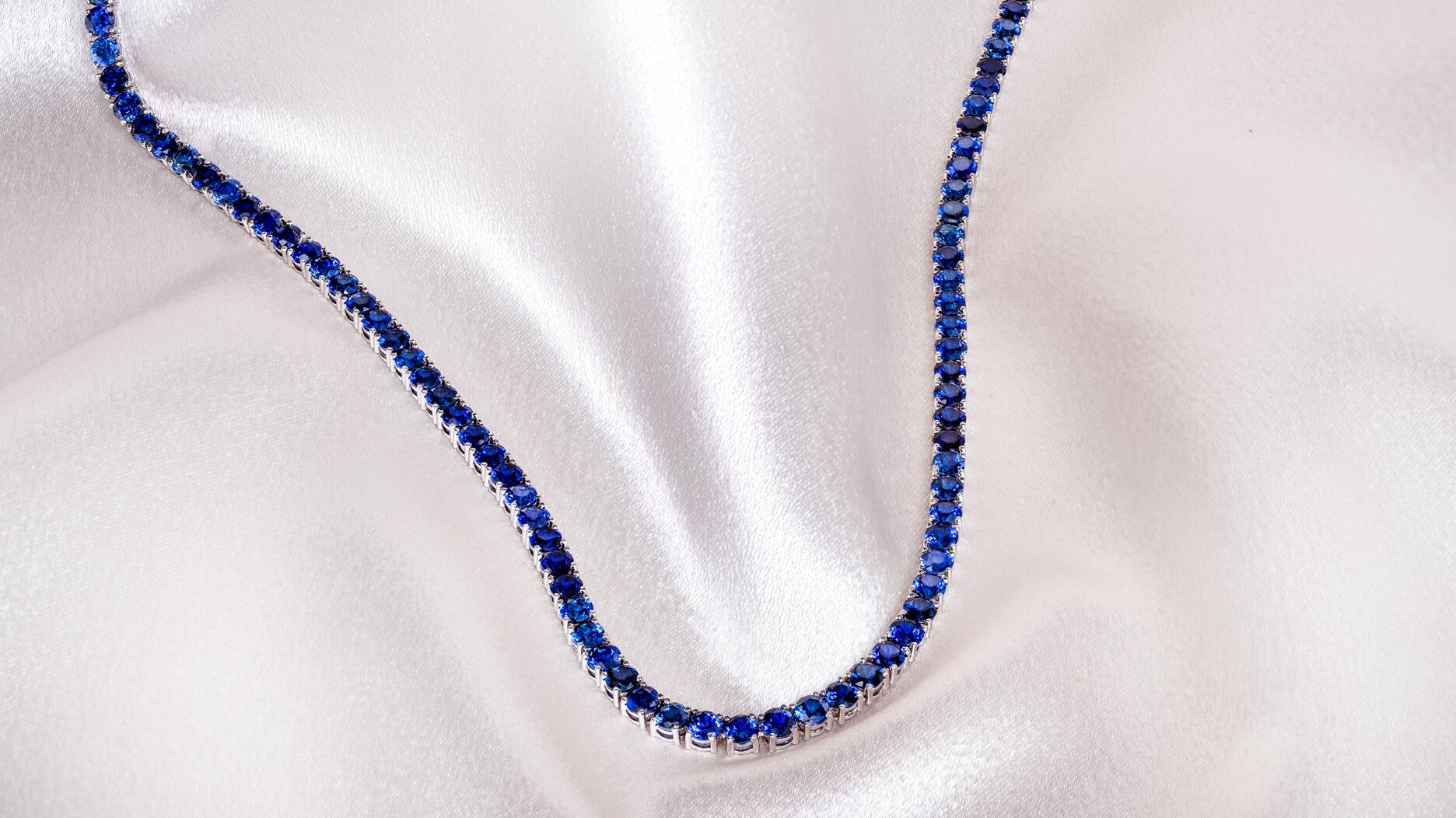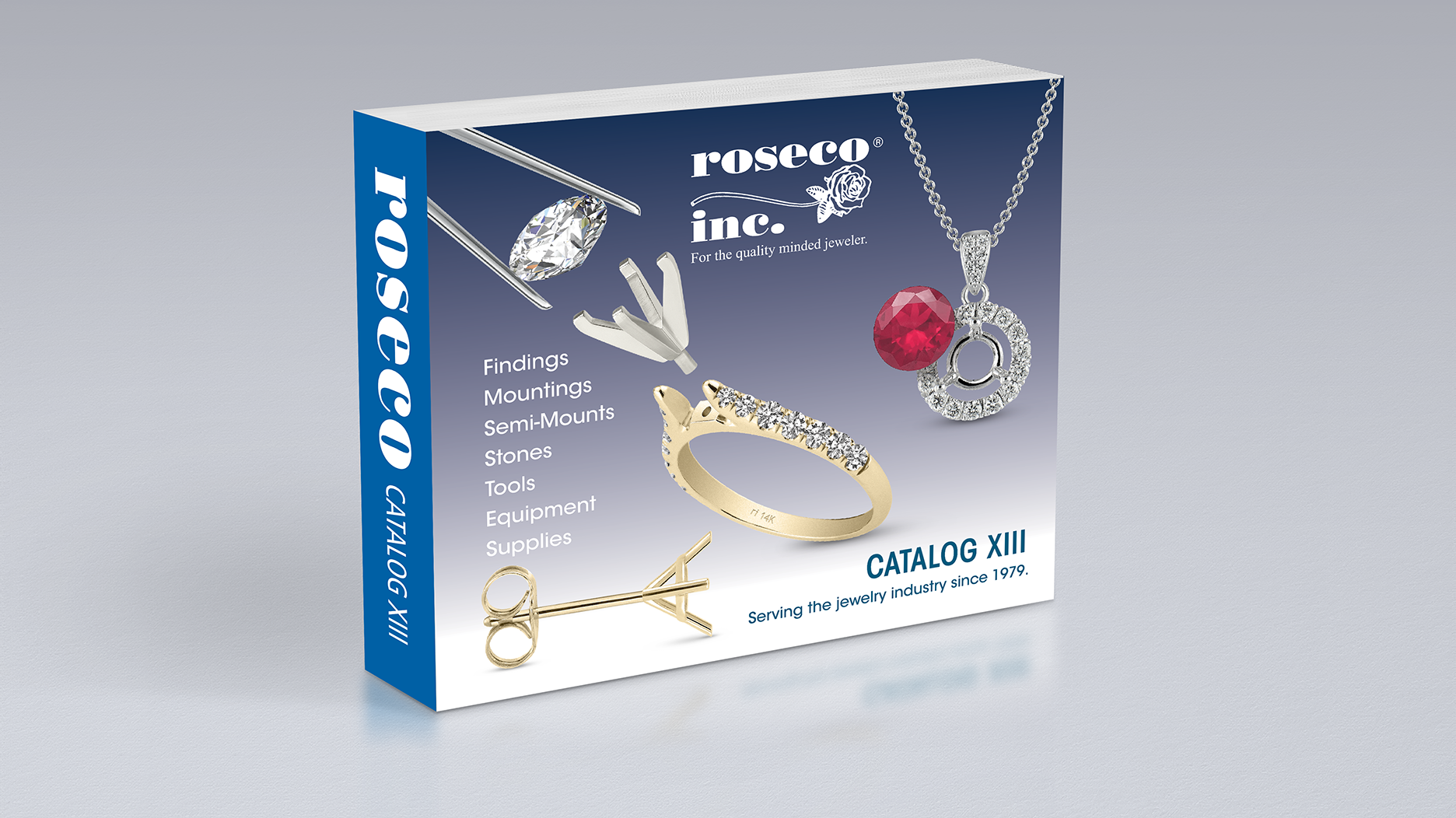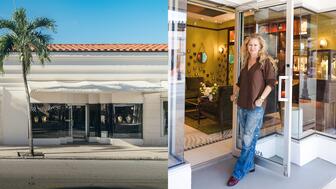The brand’s seventh location combines Foundrae’s symbolic vocabulary with motifs from Florida’s natural surroundings.
Nirav Modi Case Is ‘Another Nail in the Coffin’
A banker talks about what the billion-dollar bank fraud allegations against Indian diamantaire Nirav Modi mean for the industry as a whole.

You’ve likely the seen the name Nirav Modi a lot in recent years, perhaps in one of the many stories about him supplying high-profile actresses with amazing pieces to wear on the red carpet, like the earrings Yvonne Strahovski wore to the SAG Awards. He even won an award from Town & Country earlier this year for one of his red carpet looks.
Or maybe it was in one of the stories about the opening of yet another opulent store that bears his name. There has been a Nirav Modi store on Madison Avenue in New York since 2015 but last year, the brand opened two more stores in the same month, one in the Wynn hotel in Las Vegas and the other at the Ala Moana Center in Honolulu.
More recently, however, you might have seen Modi’s name in stories of a very different sort, ones that signal that the billionaire, much like Strahovski’s character in “The Handmaid’s Tale,” could end up living a future very different from the one you might have imagined.
Last week, news broke in India that Modi and his uncle, Gitanjali Managing Director Mehul Choksi, have been accused of colluding with employees of Punjab National Bank to swindle the second-largest state-owned financial institution out of about $1.8 billion.
Here’s the story so far, according to multiple news reports on the scam, which has been making headlines in India and worldwide and has generated hashtags like #FindingNiMo, a portmanteau referencing the ongoing search for the diamantaire, who has left India.
WATCH: The Bank Fraud Case in Five Minutes
On Jan. 29, India’s Central Bureau of Investigation (CBI) registered a case against Modi, his brother Neeshal, and Choksi.
They are accused of colluding with Punjab National Bank employees to have Letters of Understanding, or LoUs, issued to banks in Hong Kong in order to secure massive loans. LoUs are sent from one bank to another and basically say: Please loan this individual or company money for this purpose (in Modi’s case, for buying diamonds) for a specified period of time; we will be responsible for repaying you.
On the surface, there is nothing wrong or illegal about an LoU. What is problematic in this case, however, is that the LoUs were issued by PNB without proper authorization and/or oversight, and more importantly, the money was never used to pay for the diamonds.
Choksi also denied his involvement through a regulatory filing made by Gitanjali, which, it is worth noting, owns Samuels Jewelers in the U.S.
I don’t want to rehash every development in this case, as it’s been widely covered by many media outlets closer to the situation with greater resources and contacts on the ground in India.
What I do want to focus on is what this case means for the diamond industry as a whole in terms of bank financing specifically; in other words, why it matters.
I spent a long time on the phone Thursday with an industry banker (who asked that his name be withheld) and asked him to help me find an apt idiom to describe this situation.
Can we say, to use a well-worn one, that this is “the straw that broke the camel’s back” when it comes to the diamond industry and financing?
No, he told me, because that camel’s already wearing a brace and taking painkillers. “This,” he said, “is just another really bad week for the camel,” or, to employ one more, it’s “just another nail in the coffin.”
“It’s not the end of the world,” he allows. “But it is another stamp, another demerit that says, ‘Just stay away from this thing. Don’t go anywhere near it. It’s not reliable. Why would you want to do business with these people?’”
Consider cases such as M. Fabrikant & Sons, W.B. David & Co. and Winsome Diamonds, and the subsequent withdrawal of banks from the industry, one by one, like gamblers folding in a game of cards: Antwerp Diamond Bank, Bank Leumi and Standard Chartered.
Regulations have only gotten tighter, the industry hasn’t evolved enough to keep up and banks, as I wrote back in June 2016 when analyzing the exit of Standard Chartered, simply see too much risk for too little reward.
“It's no longer a special club for men where you get to make nice to De Beers and you get your box of diamonds and everything stays behind closed doors,” the banker observed.
And yet, here we are.
The latest industry scandal will, presumably, make those few banks that are still financing the diamond industry pipeline even more vigilant and stringent about lending money, while giving those that aren’t involved another reason to stay out of it.
And it’s not going to be something the banks forget about in a year, or even five, my source said.
He said what’s going on in the industry with banks right now is a substantial change, a generational change that’s going to have effects in the short-term, yes, but also will be impacting how the diamond industry does business 30 or 40 years down the road.
“When you put bankers off of an industry, it’s going to take a while, at least a couple of decades,” to get them back on board, he said.
“Somebody has to figure out how to make these companies transparent, truly transparent, how to adopt it and how to test themselves.”
Are Consumers Following This Story?
What about consumer confidence in diamonds and the industry as a whole?
On Thursday morning, I arrived at work to find in my inbox a link to this column by Indian journalist Vinod Kuriyan, the chief editor of GEMKonnect and a highly respected colleague whom I’ve known for years.
Kuriyan linked to an article published that same day by the Times of India that indicates that the scope of the fraud extends beyond bank loans to include diamond companies in Surat setting the jewelry Modi and Choksi sold via their brands in the United Arab Emirates and Hong Kong with low-quality goods and, in some cases, man-made diamonds being sold as natural.
(The article does not say anything about any of the jewelry coming to the United States, and it is also worth noting that this Times of India article quotes an individual who said that there are no machines that can detect lab-grown diamonds once they are set in jewelry, which is incorrect.)
Kuriyan called the development a “knockout punch” as far as consumer confidence goes.
I don’t know if I’d go that far, but it will be interesting to see how this case develops in the coming weeks and months, as Mr. Kuriyan, who certainly understands the situation in India, notes that what started as a case of bank fraud is “snowballing into something much bigger.”
The Latest

The retailer also shared an update on the impact of tariffs on watch customers.
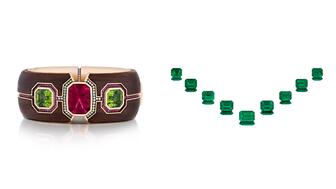
Pink and purple stones were popular in the AGTA’s design competition this year, as were cameos and ocean themes.
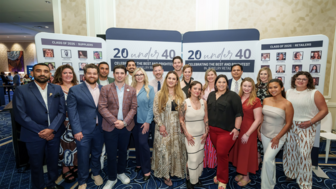
From educational programs, advocacy, and recent MJSA affiliation, Jewelers of America drives progress that elevates businesses of all sizes.
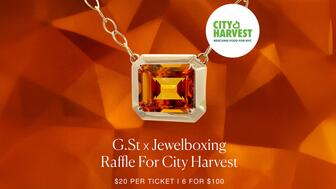
All proceeds from the G. St x Jewel Boxing raffle will go to City Harvest, which works to end hunger in New York City.


Courtney Cornell is part of the third generation to lead the Rochester, New York-based jeweler.

De Beers also announced more changes in its upper ranks ahead of parent company Anglo American’s pending sale of the company.

Former Signet CEO Mark Light will remain president of Shinola until a replacement for Ulrich Wohn is found.

Kindred Lubeck of Artifex has three rings she designed with Anup Jogani in Sotheby’s upcoming Gem Drop sale.

The company focused on marketing in the third quarter and introduced two new charm collections, “Pandora Talisman” and “Pandora Minis.”
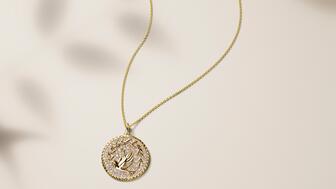
The jewelry retailer raised its full-year guidance, with CFO Jeff Kuo describing the company as “very well positioned” for the holidays.

Ahead of the hearing, two industry organizations co-signed an amicus brief urging the court to declare Trump’s tariffs unlawful.
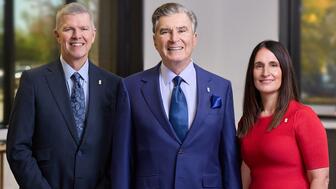
Stuller COO Belit Myers will take on the additional role of president, with all changes effective at the start of 2026.

Smith cautions retailers against expending too much energy on things they can’t control, like the rising price of gold.
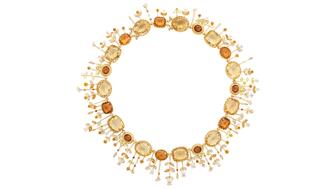
Citrine and topaz are birthstones fit for fall as the leaves change color and the holiday season approaches.

The family-owned jeweler will open its fourth store in Florida in late 2027.

The NYPD is looking for three men who stole a safe and jewelry valued at $3.2 million from the home of a jeweler in Jamaica Hills, Queens.
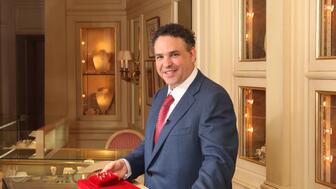
The trade organization also announced its executive committee and five new directors.

The “Have a Heart x Diamonds Do Good” collection is championed by model and humanitarian Flaviana Matata and will benefit her foundation.
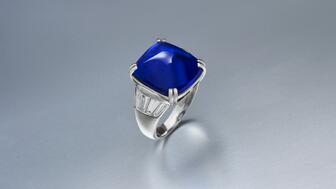
The ring, set with a nearly 17-carat Kashmir cabochon sapphire, sold for $1 million.

This “Mother Father” spinner necklace from Heavenly Vices Fine Jewelry draws inspiration from Victorian Era jewelry.
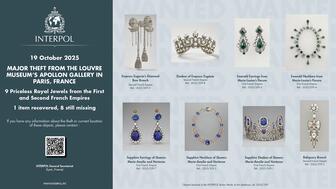
The suspects were rounded up in Paris and its suburbs on Wednesday night, but none of the stolen jewels were recovered with them.

Experts share top tips on how to encourage positive reviews and handle negative feedback.

Sponsored by the Gemological Institute of America
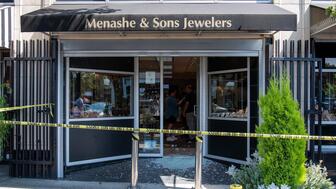
The suspect faces charges in the August robbery of Menashe & Sons Jewelers and is accused of committing smash and grabs at two pawn shops.

The “Lumière Fine” collection was born from designer Alison Chemla’s interest in the transformative power of light.









